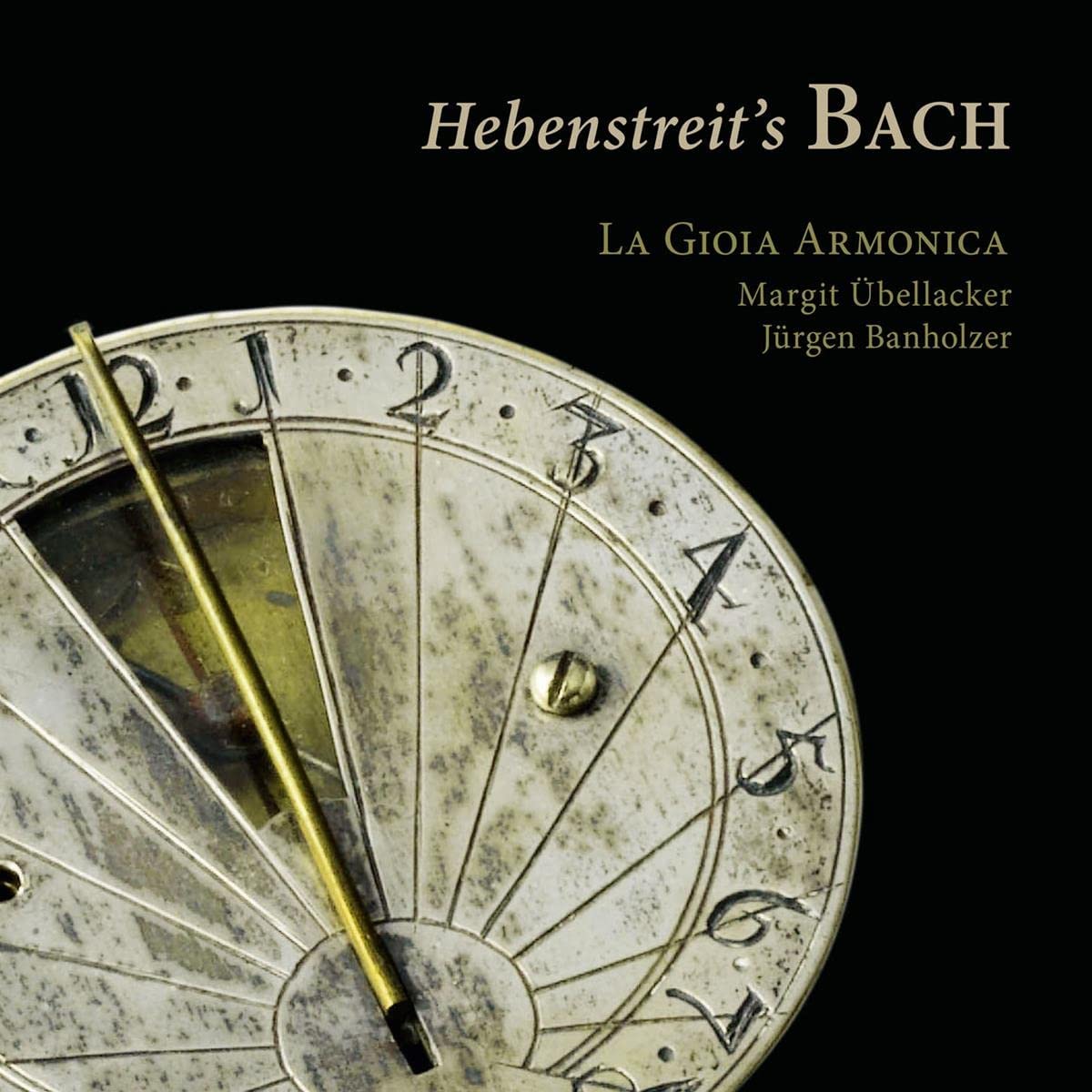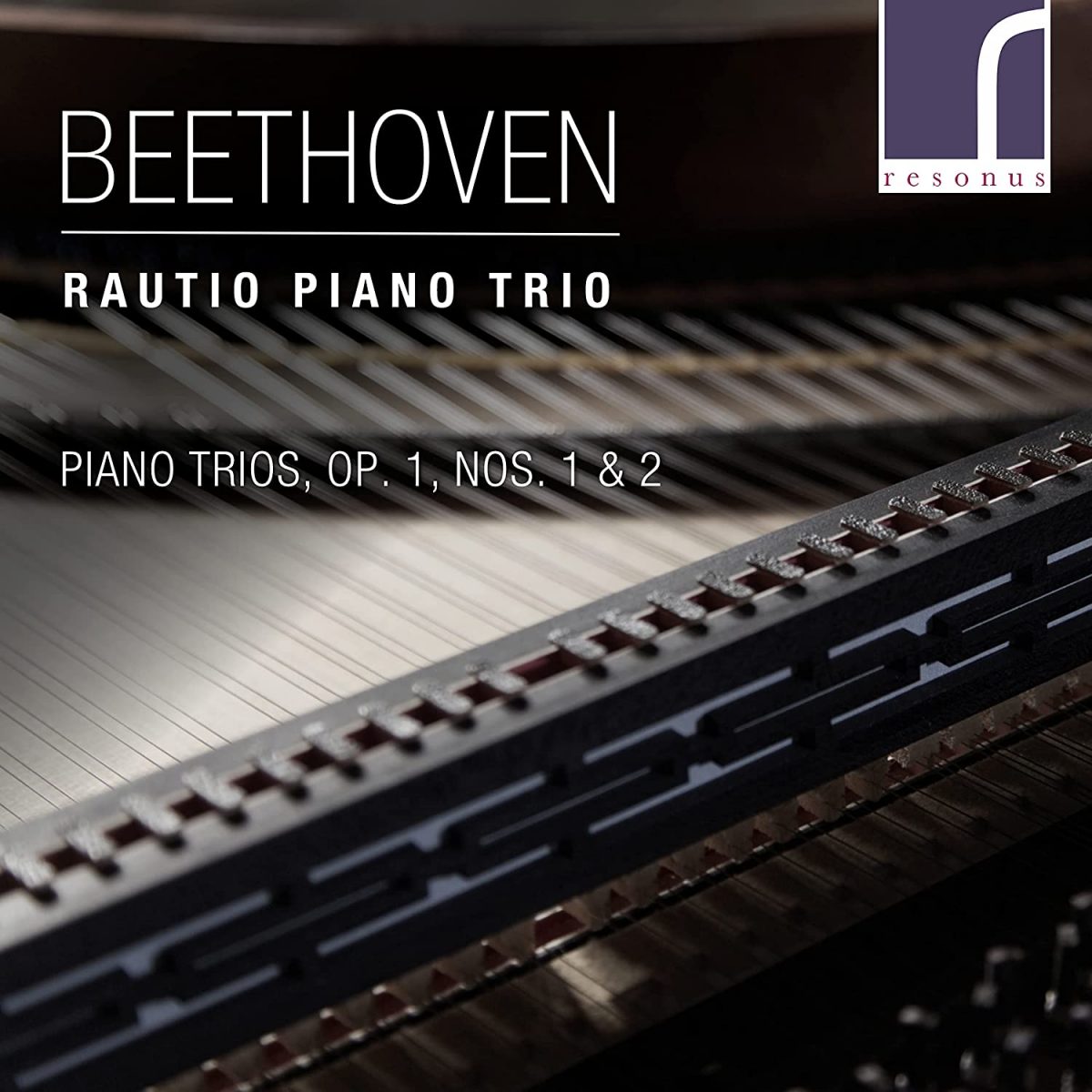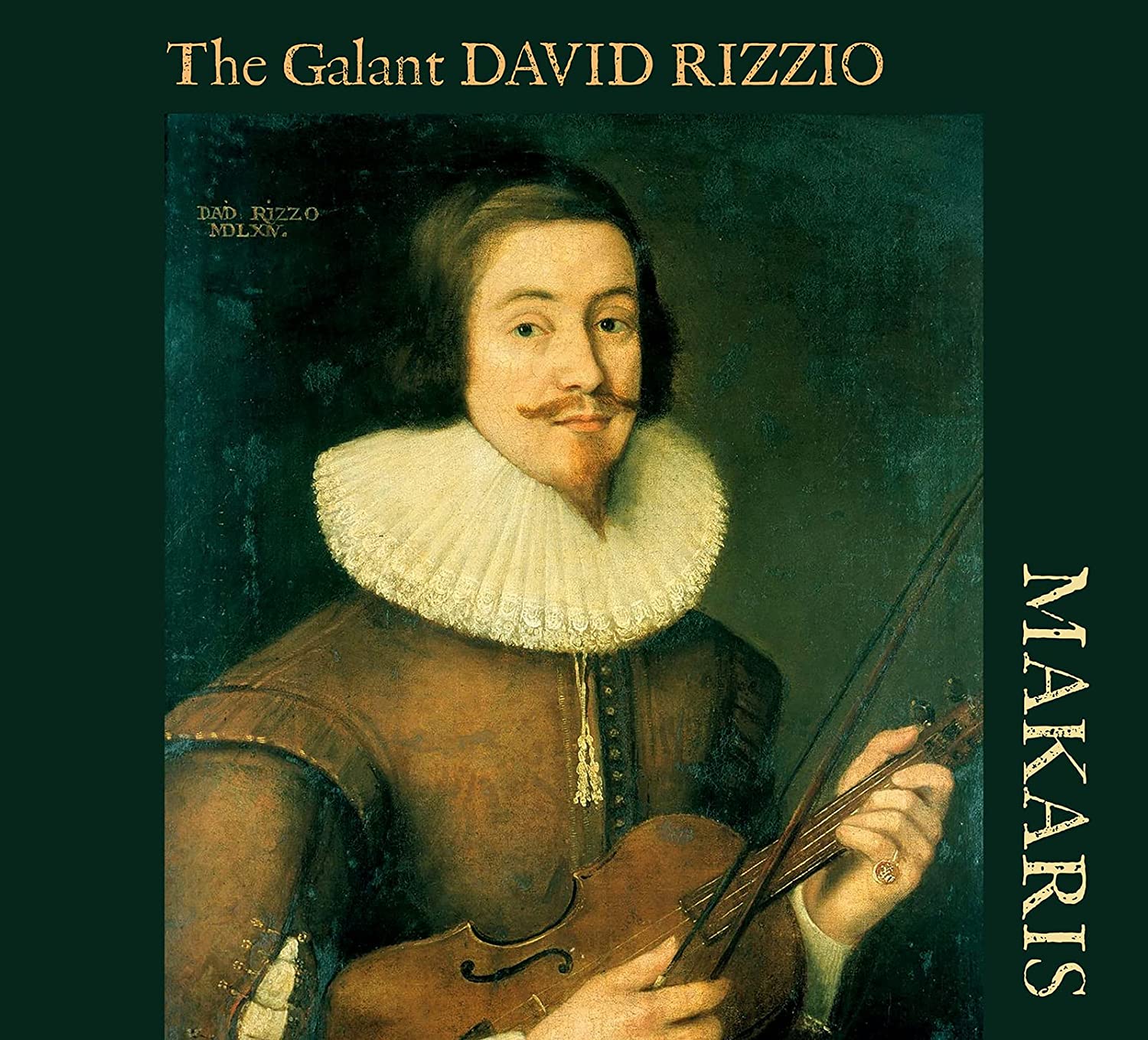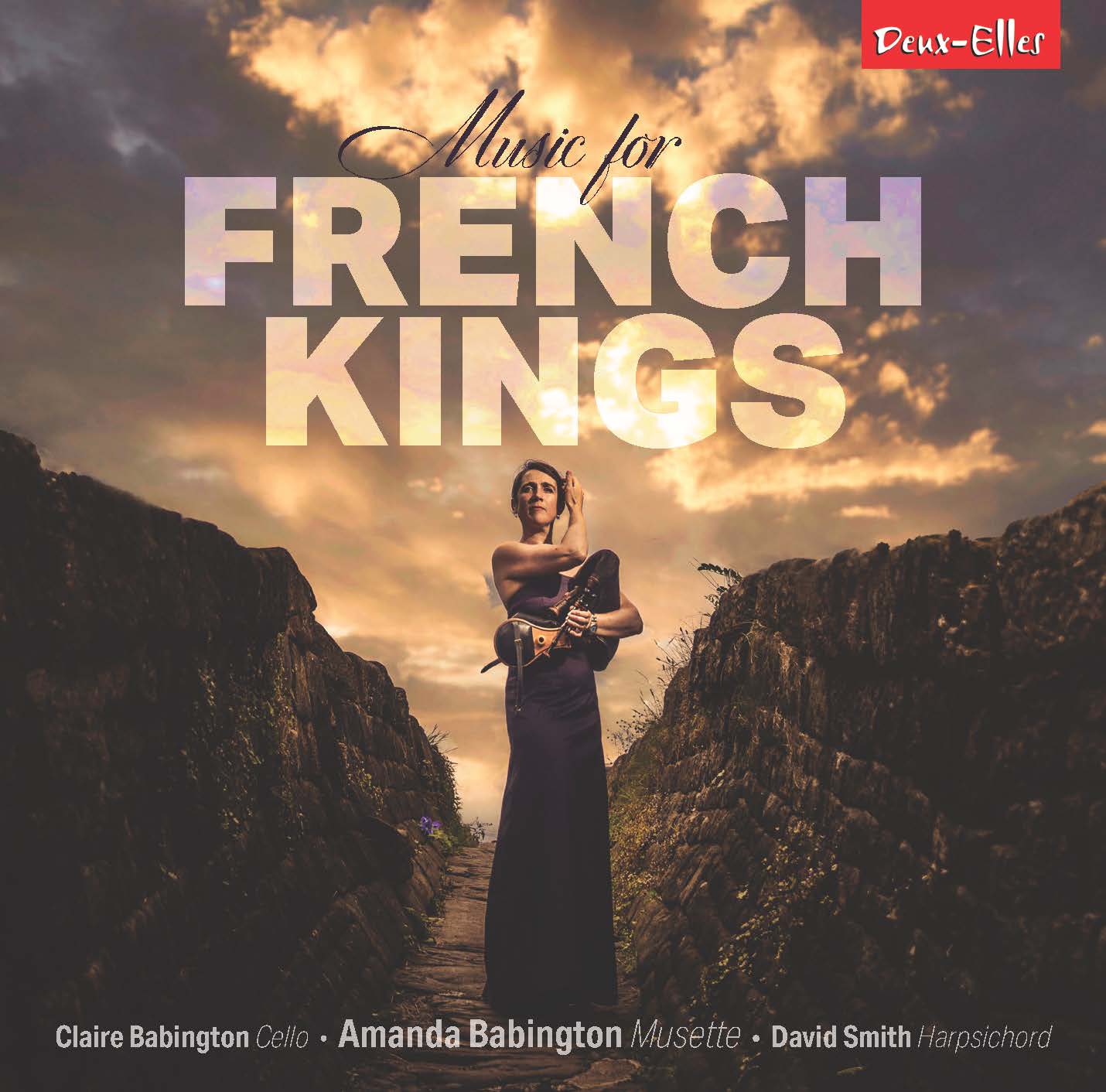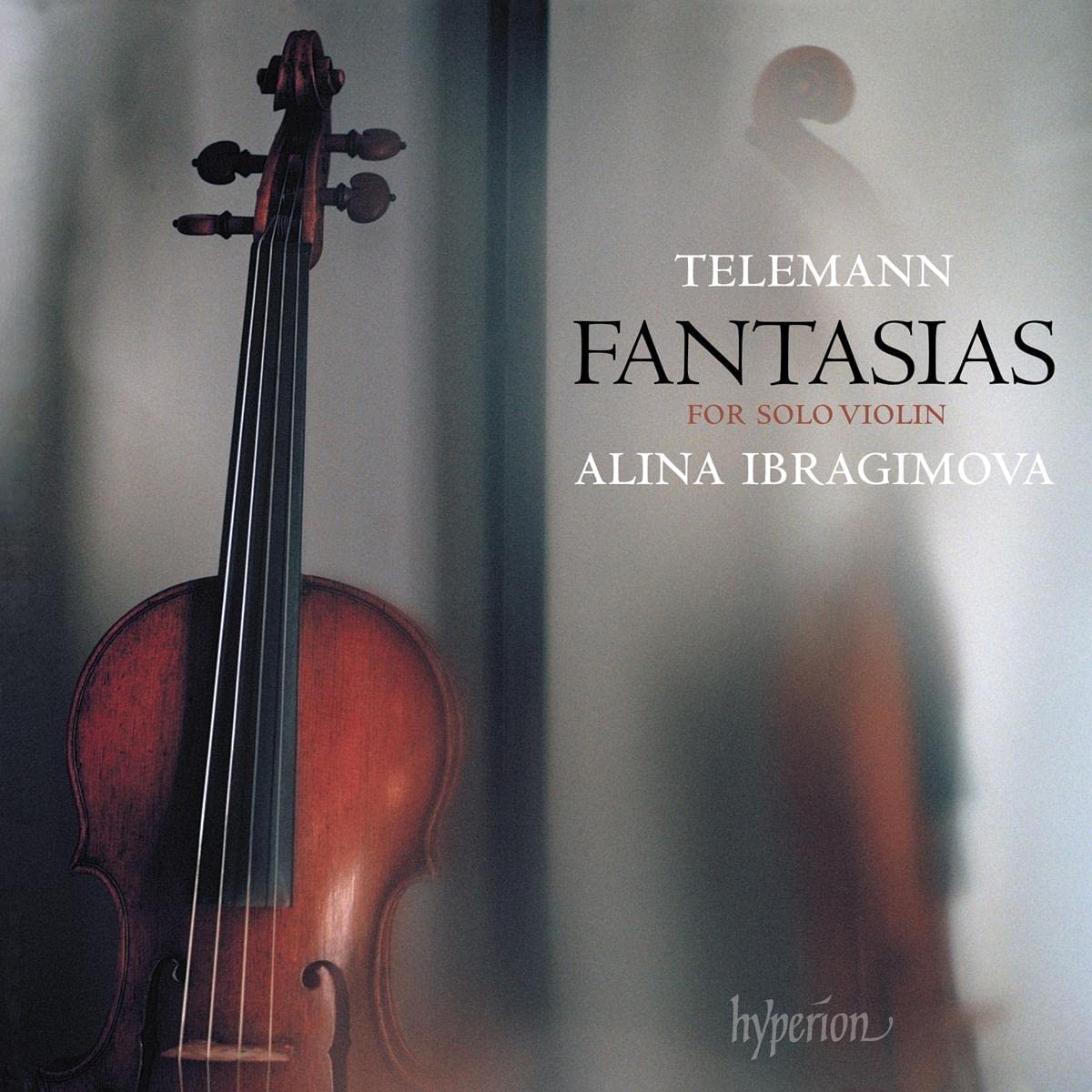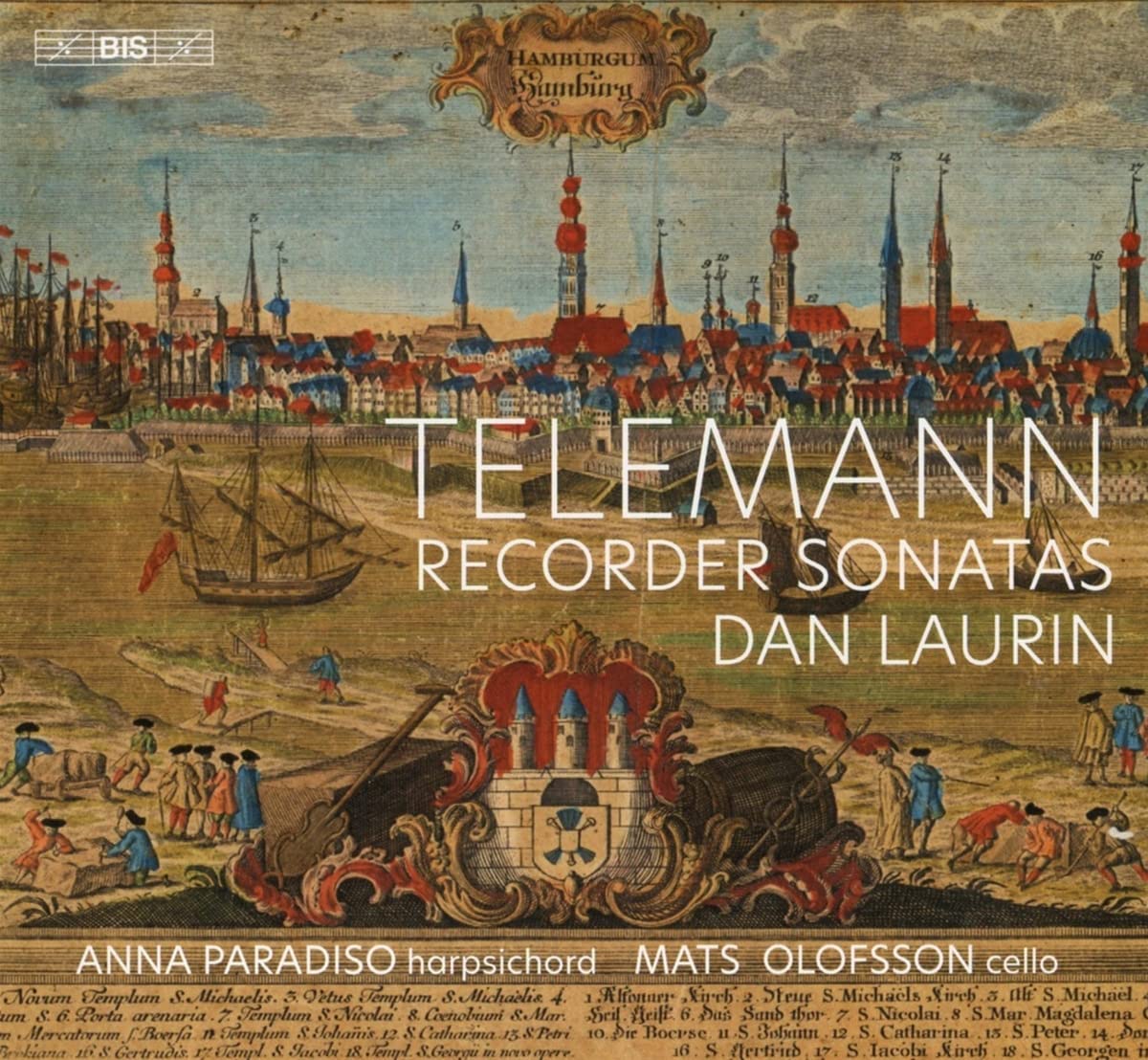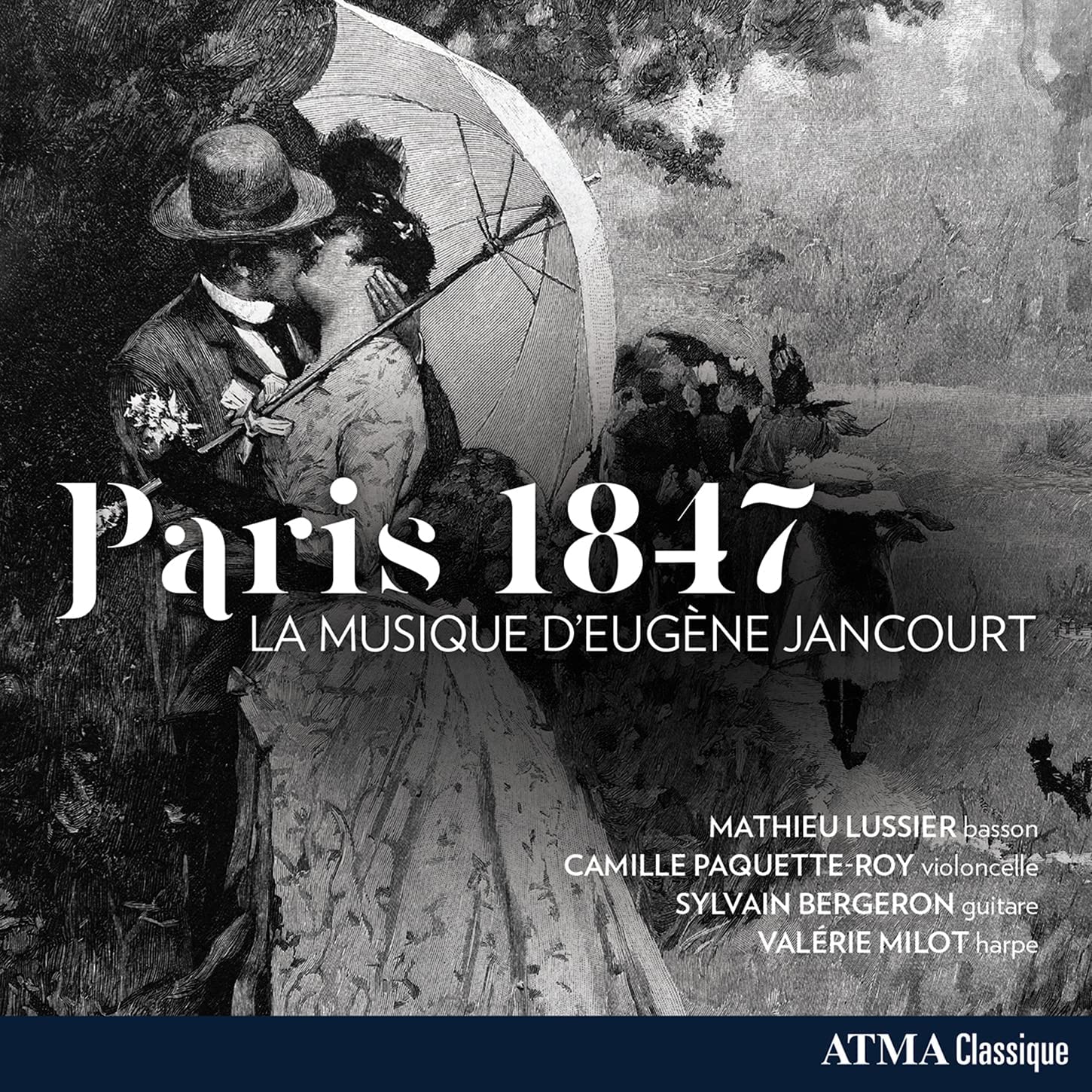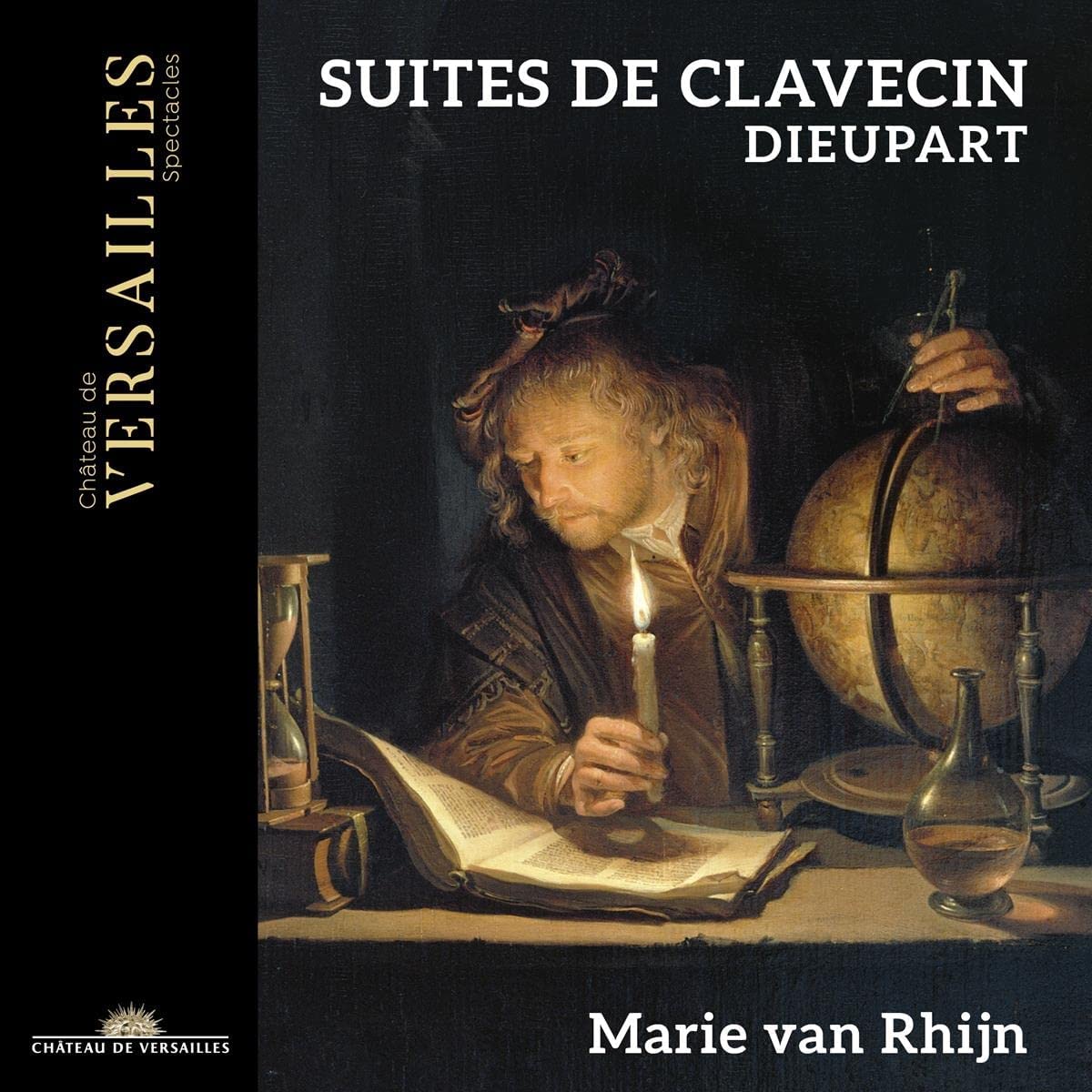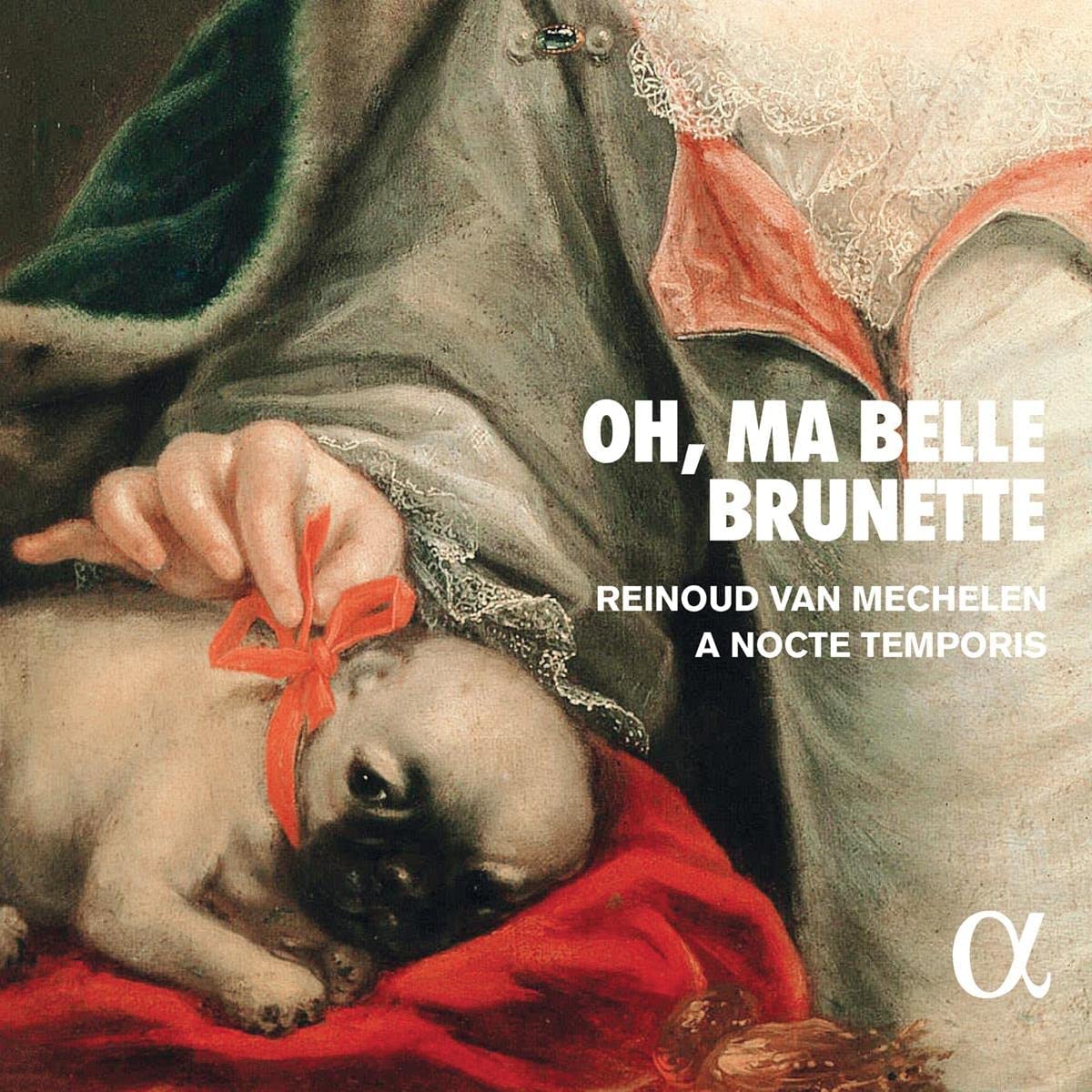La Gioia Armonica (Margit Übellacker dulcimer, Jürgen Banholzer organ)
66:10
Ramée RAM 2101
This recording is a delightful re-imagining of a number of Bach sonatas and movements for solo violin or violoncello played on a dulcimer and organ. It is inspired by Margit Übellacker’s conviction that the hammered dulcimer – developed by Bach’s near contemporary Pantaleon Hebenstreit – was the instrument that Bach came across when a ‘foreign musician’, possibly Hebenstreit himself, came and displayed his instrument at the court of Köthen in July 1719. Hebenstreit’s instruments were made by Gottfried Silbermann and were one of the inspirations behind the development of the fortepiano, being admired by Bach’s predecessor in Leipzig, Johann Kuhnau, who was intrigued by the possibility of shading rapidly from forte to piano that the dulcimer offered.
Übellacker’s instrument is a tenor dulcimer made by Alfred Pichlmaier of Fraunberg in 1997 and the organ is the 1990 instrument built to hang over the gallery in the Erlöserkirche in Bad Homberg by Gerald Woehl, after a specification by J. S. Bach for Bad Berka in 1743.
The works presented are the sonatas in G (BWV 1019) and A (BWV 1015) for violin and obbligato harpsichord, the sonatas in E minor (BWV 1023) and G (BWV 1021) for violin and basso continuo, two movements from the cello suites (BWV 1009.iv and 1007.i) and one from Partita III (BWV 1006.i). Like other adaptations (and here I am thinking especially of the versions of the Trio Sonatas for organ arranged by Richard Stone for Tempesta del Mare, Chandos: CHAN 0803), I rather enjoy these performances: they make you listen with new ears, and the surging arpeggios seem to suit the instrument well, so for my money the Preludio in C BWV 1006.i, a version of Partita III in E or the Prelude in D BWV 1007.i from the G major cello suite sound the most plausible.
This may be an acquired taste, but it certainly has more claims to authenticity than performances on a fortepiano. You should listen to it, and read the campaigning essay by Margit Übellacker.
David Stancliffe
